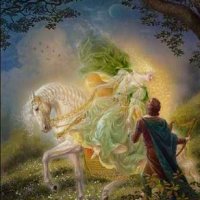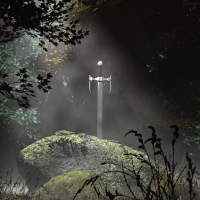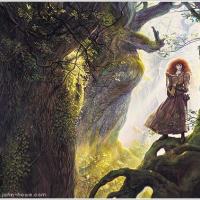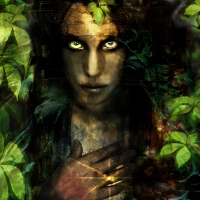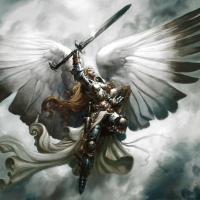James P Blaylock is one of the finest writers of ‘American magical realism’ (a genre which he virtually invented single-handedly), and is noted for a distinctive, humorous style, as well as being one of the pioneers of the steampunk sub-genre of science fiction and fantasy. The diversity of his writing is impressive, as I’ll go on to hopefully illustrate, but the best words to use to describe a typical Blaylock novel include ‘thoughtful’, ‘moving’, ‘unsettling’ and, of course, ‘unique’. Blaylock lives in California, which provides the setting for much of his work – including the fine novels Land of Dreams, The Last Coin, The Paper Grail, Night Relics, The Rainy Season and Winter Tides – all highly recommended. Notwithstanding the title of this post, although he is the author of several steampunk novels, Blaylock’s output is by no means limited to this sub-genre and he has also written straight fantasy, children’s fiction and short stories published in a variety of magazines and small press editions. As mentioned above, many of Blaylock’s books can specifically be termed magic realism – a genre where magical elements are a natural part in an otherwise mundane, realistic environment. He and his friends, fellow steampunk luminaries Tim Powers and K W Jeter were mentored by none other than Philip K Dick himself and it is arguable that Blaylock has already left behind a body of work that is comparable to Dick’s in its quality and influence.
Urban Faerie
23 FebExactly what is it that allows the fairy tale, a story archetype that by all rights should have disappeared with powdered wigs and petticoats, to survive, and even thrive, in the new millenium? Perhaps it’s because they concern important lessons – warnings, morals, aspects of the unknowable, ancient folk wisdom – or maybe it’s just for their pure entertainment value. Whatever the reason, fairy tales, in one form or another, are still enjoyed today. Whether it’s classics collected by the Brothers Grimm, Andrew Lang and Charles Perrault, or new tales, such as Charles de Lint’s Newford stories or Neil Gaiman’s tales of American Gods; fairy tales, stories of fantasy, myth and legend, are still creating wonder and magic for people around the world. Perhaps this is why they survive, because no matter when or where a fairy tale is first told, they embody universal images and truths that, over the centuries, have passed beyond time or place, and become one with the vast tapestry of human consciousness. But naturally, as times change, the stories people tell also change. Cities give rise to their own types of stories – the urban legends that make the rounds from time to time, stories that utilize elements of the old ways, but with a metropolitan spin on them that just didn’t exist until the modern city was created.

